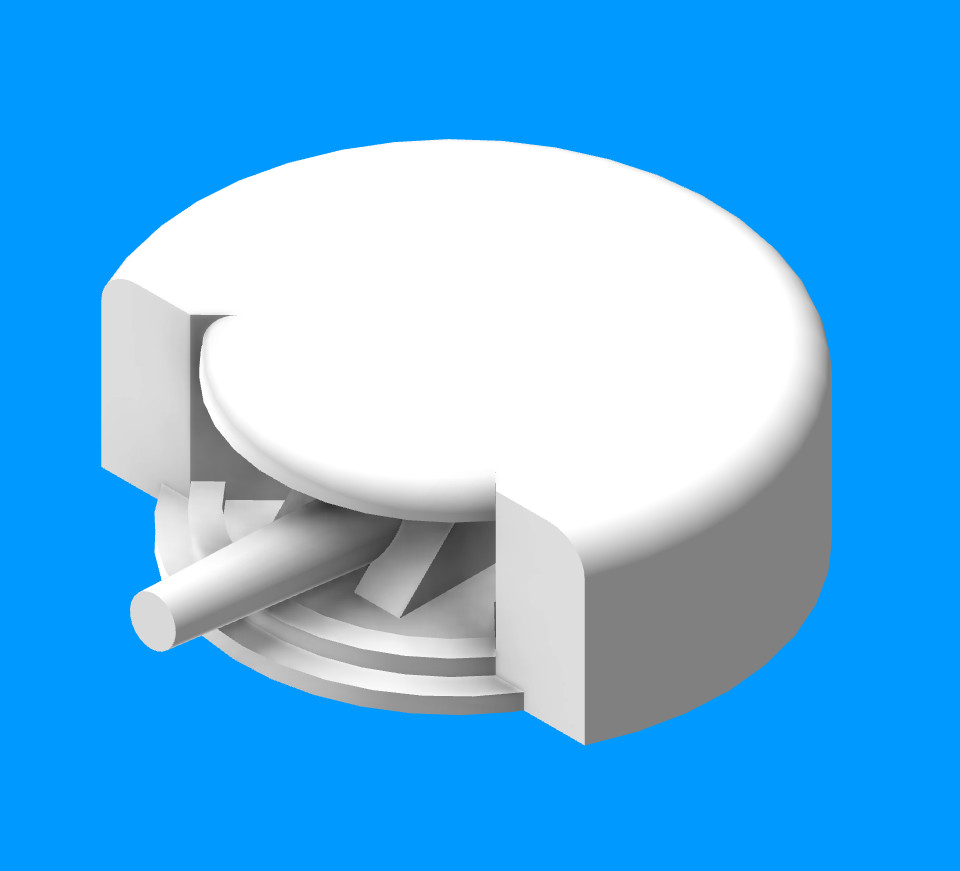@Der:
Does a pillbox make you aim better or does it just keep you from getting killed longer? I was wanting to replicate more accurately what a pillbox does.
It depends on the type; “pillbox” is perhaps too vague in this regard. Some concrete fortifications are simply observation posts, ranging from tiny ones for a few enlisted men to more elaborate installations designed to be command-and-control facilities for an officer. For an example of the latter type, see the observation bunker used by Major Pluskat in The Longest Day. Likewise, there are field fortifications whose only purpose is to provide shelter to troops during enemy bombardments; for an example, see the scenes in All Quiet on the Western Front (the 1930s version of the film) in which German troops inside an underground earth-and-wood shelter endure a long preparatory shelling prior to an Allied attack. A rather megalithic application of the “defensive shelter” concept can be found in the massive concrete U-boat pens which the Germans built along the Atlantic coast (one of which I visited in Saint-Nazaire). It had roof about ten feet thick, as I recall, with an elaborate system of superimposed beams designed to detonate bombs prematurely and channel the blast horizontally away from the roof itself.
There are concrete fortifications, however, which are designed as positions from which the troops will actually fight while under cover. Some of the Atlantic Wall facilities were of that type, and so were many of the Maginot Line components. The German flak towers (Flakturm) in Berlin and other cities are another example, including the famous Zoo flak tower built near the Tiergarten. I think it was one of the last positions in Berlin to surrender in May 1945. After the war, the G Tower part of it stood up impressively well to Allied attempts to demolish it: it took the British three tries to succeed, using 25 tons of dynamite on the initial attempt and 35 tons on the last one.








